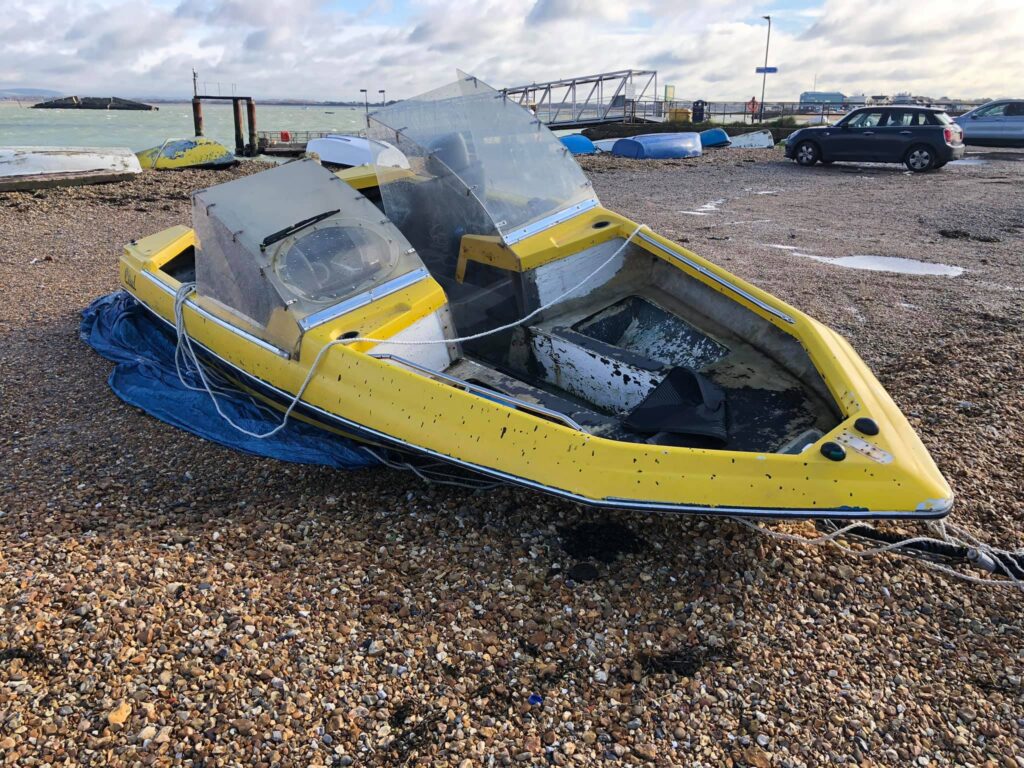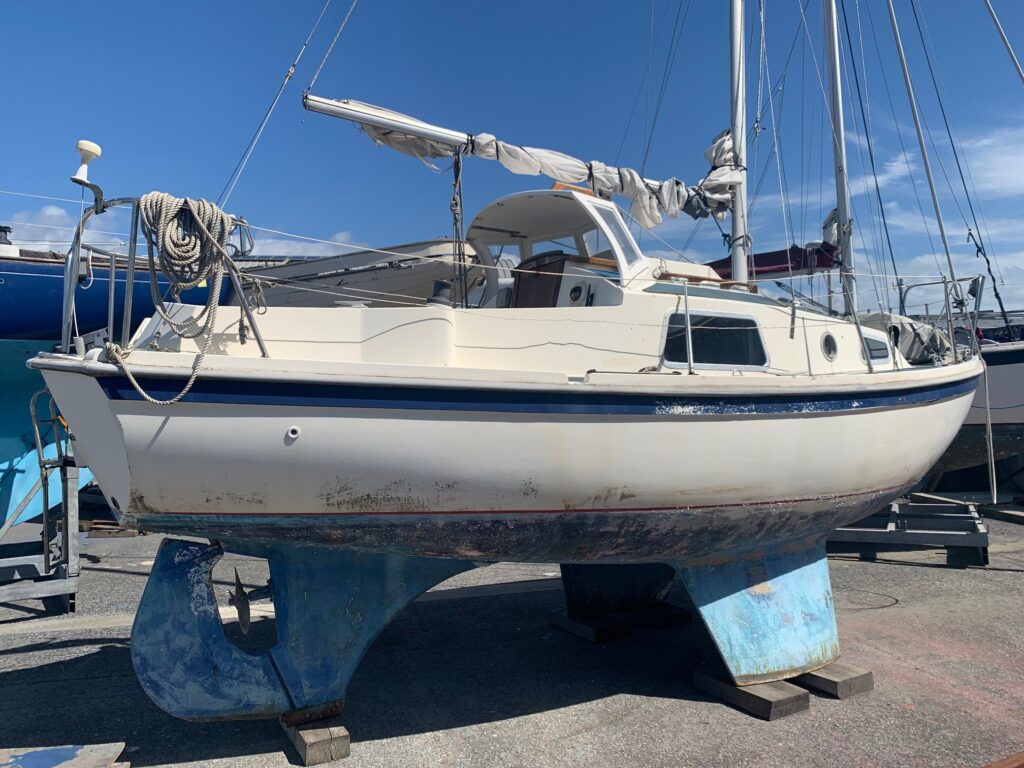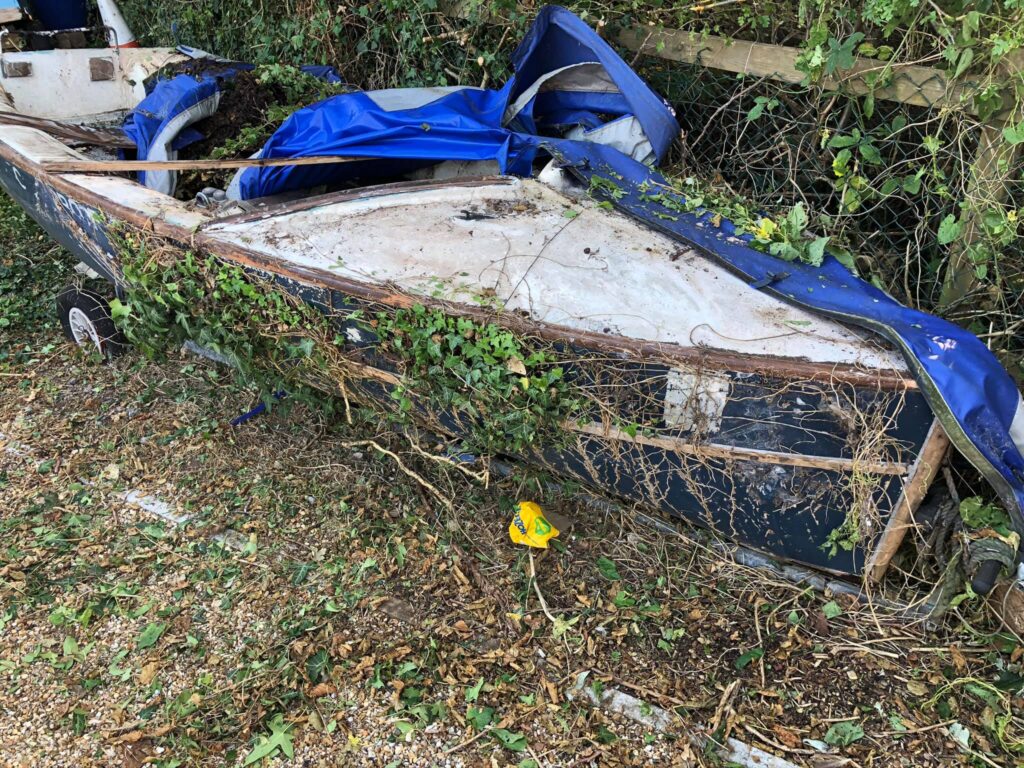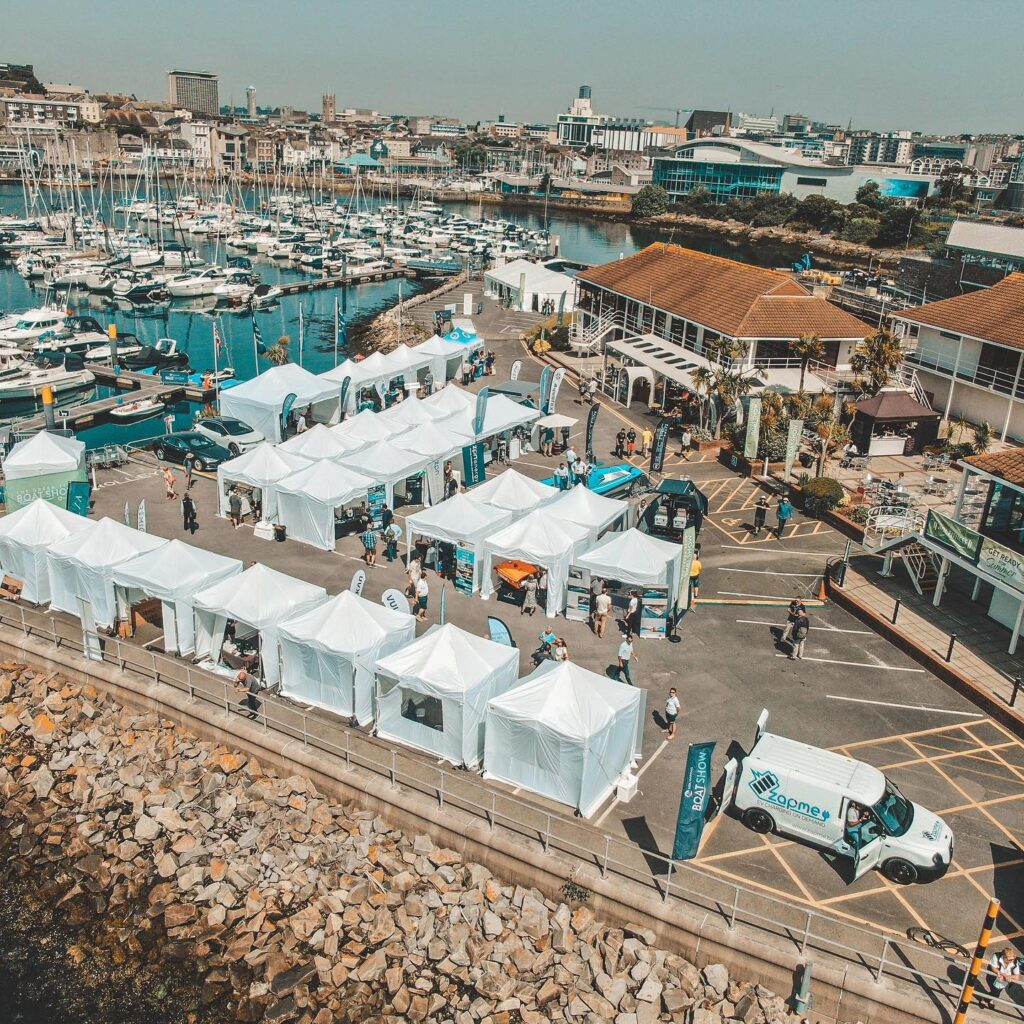End game: What next for the end-of-life boat sector?

While the maritime industry is slowly making moves to improve sustainability agendas, the past is simultaneously catching up with it. Today, a huge wave of boats built in the 60s and 70s are reaching their natural end, and it’s an issue the industry needs to tackle fast.
Though recycling efforts, alternative materials and innovative technology are promising, establishing and expanding these methods takes significant time. Alternatively, some industry experts believe that if boats are designed to be reused, repaired or remanufactured from the beginning, the industry moves away from trickier end-of-life scenarios.
The blame game and who should pay?
Luke Edney, communications manager for Boatbreakers, a UK company dedicated to disposing of boats, describes the end-of-life issue as a “hot potato” people simply pass around. Edney says the industry must overcome the barriers of responsibility and funding for the issue to be solved.
One model for this is extended producer responsibility, whereby the cost of disposal is paid by the party most able to afford it. Edney emphasises that “the last owner of an end-of-life boat tends to have the least money and are therefore the weakest link in the chain with the biggest burden of disposal.”
The extended producer responsibility approach has been adopted in some European countries, including France, where the French Association for Eco-Responsible Pleasure Craft (APER) system imposes a small levy on new boats that goes into a central fund for safe disposal. APER now has 26 dismantling centres across France and has dismantled more than 5,000 boats since it was set up.

In Florida, a statewide Vessel Turn-In Program (VTIP) has been established to help dramatically reduce the backlog of derelict vessels currently on Florida’s waterways, as derelict vessels are more costly and complicated to remove than at-risk vessels. The VTIP is open to people who, in the past 18 months, have received notices three times for at-risk conditions.
“Derelict vessels are a priority for the FWC,” says Roger Young, director of the Florida Fish and Wildlife Conservation Commission (FWC) division of law enforcement. “Establishing the Vessel Turn-In Program provides a voluntary pathway for owners to remove at-risk vessels from the water before becoming derelict, thereby reducing future costs of removal. Removing at-risk vessels from Florida’s waterways before they become derelict is not only a win for the environment but also for public safety, taxpayers and the vessel owners.”
Phil Horton, environment and sustainability manager for the RYA, says that though important, the “extended producer responsibility is a solution to ‘who pays?’ rather than “how the boat is to be properly disposed of’. The biggest issue is affordable, circular solutions for the existing fleet.”
Collaborative efforts are gaining traction to address improved disposal and recycling.
New end-of-life boat consultancy, Blue Parameters, launched in the UK earlier this year, and aims to reuse or recycle every part of the boat with near-zero waste to landfill, possible with new recycling technology that can recycle GRP and multiple bonded materials. Creating solutions from the ground up, Blue Parameters will also feedback to boatbuilders and designers to help minimise problems at end-of-life.

Design differently
According to the Organisation for Economic Co-operation and Development working papers, “the design stage determines 80 per cent of the environmental impact.” Thus, the design of boats and products is critical to mitigating future end-of-life issues. Bart Bouwhuis, one of the co-creative directors at Vripack Yacht Design, explains: “Boats are too complex; they are too much of a dense object when it comes to recycling… the smarter approach is to elongate the lifespan of a boat.”
For some brands, life cycle assessment (LCA) and circular models are now a key component in the design journey. Jelena Dolecek, sustainability engineer at Water Revolution Foundation – the non-profit that aims to drive sustainability in the superyacht industry – explains: “Applying LCA already in the design and building process stimulates various considerations when it comes to the choice of materials.” She emphasises that a critical aspect of sustainable ship design is “focusing on the components instead of the final product. When it comes to superyachts, a lot of the yacht won’t have reached the formal end-of-life when it undergoes refit or reconstruction, so preparing their reclaim and reuse can lower their impact drastically.”
“A lot of the yacht won’t have reached the formal end-of-life when it undergoes refit or reconstruction, so preparing their reclaim and reuse can lower their impact drastically.”
Jelena Dolecek, sustainability engineer at Water Revolution Foundation
Material world
The materials used in construction are critical to the industry’s sustainability goals.
Several materials have been trialled over the years, with some showing promise for reduced lifecycle impacts and true recyclability. Examples include Amer Yachts using the recyclable material, filava, developed by Isomatex, for future hulls. Business development manager of Isomatex, Bernard Voss, says: “We are able to recover our reinforced fibres cleaned from the resin simply by thermal or solvolysis application and stretch them again without any loss of performance.”
With an ethos of working on ‘circular principles from the start’, every design of Dutch yard Vaan Yachts is made of almost entirely recyclable materials - the hull formed of more than 50 per cent recycled aluminium such as old window frames, traffic signs and license plates and the resulting luxury yacht itself almost completely recyclable. Igor Kluin, Vaan’s founder, says: “This is why we work with aluminium because it is 100 per cent recyclable. So at the end-of-life, we can reuse 100 per cent of the hull, mast, boom and many other parts.”
Another recyclable composite material is Danu; developer ExoTechnologies has recently launched its first fully recyclable commercial vessel for Police Scotland – built at Exo’s Ultimate Boats boatyard. ExoTechnologies CEO, Shane Mugan, says: “We are preparing to engage with potential investors and strategic partners to scale our company to realise the potential of our market-leading technologies capable of accelerating the green transition to a circular economy across all industries and markets.”

Recycle or refresh?
Announced at the Green Tech Boat Show in June 2022, The Blue Composites Project is a new UK consortium with a long-term aim of creating the UK’s first glass fibre composites recycling and reuse facility of its kind.
Made up of some of the UK’s leading marine companies, composites specialists, academic institutions and local government organisations, and led by Blue Parameters, The Blue Composites Project will not only look at the process of recycling composite materials but also how the reclaimed materials and fibres could be repurposed for use in new composite components, such as boats, caravans, wind turbine blades and other high-performing products.
Simon de la Rue, director of Blue Parameters, says: “We’ve been delighted with the response from both the marine industry and other sectors. This is an opportunity to implement the technology available to further the LCA process and have a significant reduction in environmental impact.”
The consortium is supported by the National Composites Centre, which completed a project with B&M Longworth and Cygnet Texkemp earlier this year that successfully reclaimed continuous carbon fibres from a whole pressure vessel using B&M Longworth’s Deecom process and reused them to manufacture a new pressure vessel. This was the first time this process was achieved in the UK, representing a significant milestone in the development of the UK’s composites recycling capability.
The disposal and end-of-life issue is complex; what is clear, though, is that a collaborative approach from legislative bodies, supply chains, designers and builders to industry stakeholders and owners is needed to keep our shores from wrecks and ruin.










